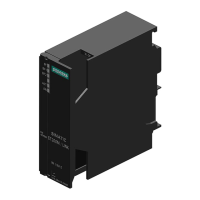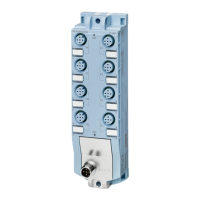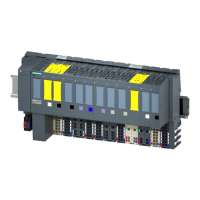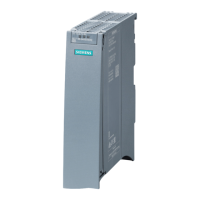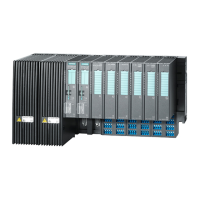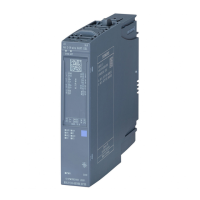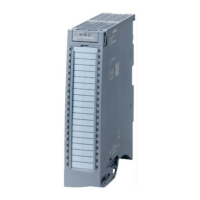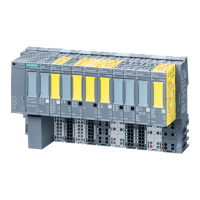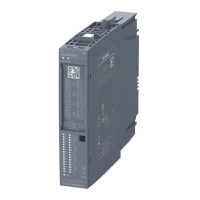SIMATIC – ET 200pro motor starters
GWA 4NEB 950 5661-02 DS 04
Index-3
Manuals 1-9
Maximum configuration 1-8
Maximum current load capacity 1-8
Maximum pointers 4-15, D-2
Measured values 4-14, 10-10
Mechanical braking 10-30
Mechanical service life, contactor 8-13
Minimum clearances 3-3
Monitored start-up 7-8
Monitoring 4-6
Motor current 4-12, D-2
Motor heating 8-10
Motor Starter ES 4-17
Motor starter fault types 4-7
Motor starters 1-3, 8-1, Gl-1, Gl-2
Mounting and wiring the power plug
connector 9-8
MS Gl-2
N
Number of motor starts clockwise /
counterclockwise D-2
Number of overload trippings D-2
Number of parameters 1-8
O
Operating mode 'Manual operation
local' 4-12
Operating mode monitoring 10-41
Operating modes 10-42
Order numbers A-1
OUT 1 7-5
Output of signals 10-45
Output signal DO 4-13
Overview 1-1
P
Parameters 8-10
PC cable 1-5
Permitted switching frequency 8-14
Phase control 8-19
Plausibility check of data 10-45
power bus 7-13
Power jumper 1-4, 9-9
Present motor current 10-3
Pre-warning limit value 8-10
Pre-warning limit value for time tripping
reserve 10-7
Pre-warning limit value, motor
heating 10-7
Priority control 10-31
Process image 4-11
PROFIBUS DP 4-6
Project planning 2-7, 4-3
Properties of the motor starters 8-2
Protection against dirt 3-10
Protection against voltage failure 8-10,
10-4
Protective circuit 8-1, C-1
Q
Q4/2 7-3, 7-7, 7-12, 8-6
Q8/0 8-6
Quick guide 2-1
R
Ramp time 8-23
Rated impulse strength 8-14
Rated insulation voltage 8-14
Rated limit short circuit-breaking
capacity 8-14
Rated operating current 8-10, 8-13, 10-2
Rated operating voltage 8-13
Read / write process image of the
outputs D-6
Read process image of the inputs D-7
Rear wall bus module 1-1, 6-1
Recovery time 8-10, 10-7
Reducing the start-up current 8-18
Reductions 8-36
Removing motor starters 3-11
Residual current detection 10-11
Response to 'Supply voltage switching el-
ement missing' 8-10, 10-3
Response to asymmetry 8-10, 10-18
Response to bus failure 10-29
Response to CPU / Master STOP 8-11,
10-28
Response to current limit violation 8-10,
10-11, 10-14
Response to overload – temperature
sensor 10-16
Response to overload – thermal motor
model 8-10, 10-5
Response to residual current detection 8-
10, 10-11, 10-14
Reversing soft starter 1-4
Reversing starters 1-3, 4-2, Gl-2
RSe 1-3
RSM 1-2, 7-2
Rules for wiring 9-2
Run-down time 8-11, 8-23, 10-27
S
safe inputs 7-4
safe output 7-5
SAFETY applications C-8
Safety door monitoring C-12
Safety local maintenance isolating
module 1-2, 7-4
sDSSte 1-4
sDSte 1-4
Sealing cap for power bus 1-4
Sealing caps 9-2
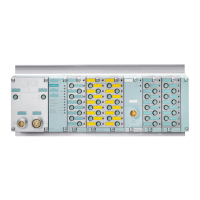
